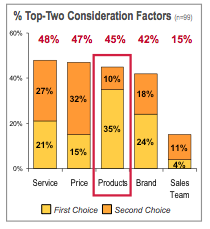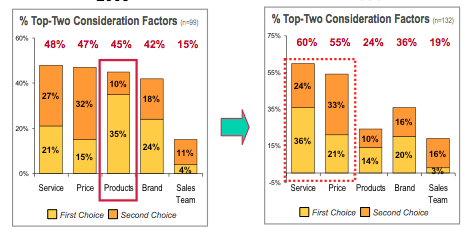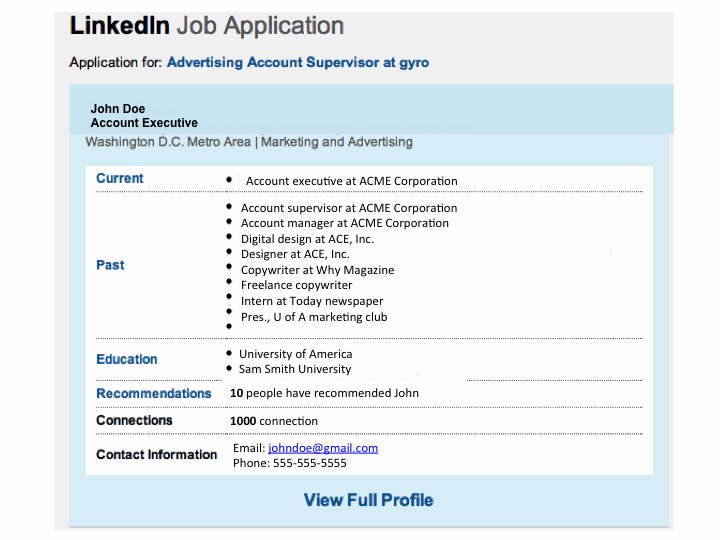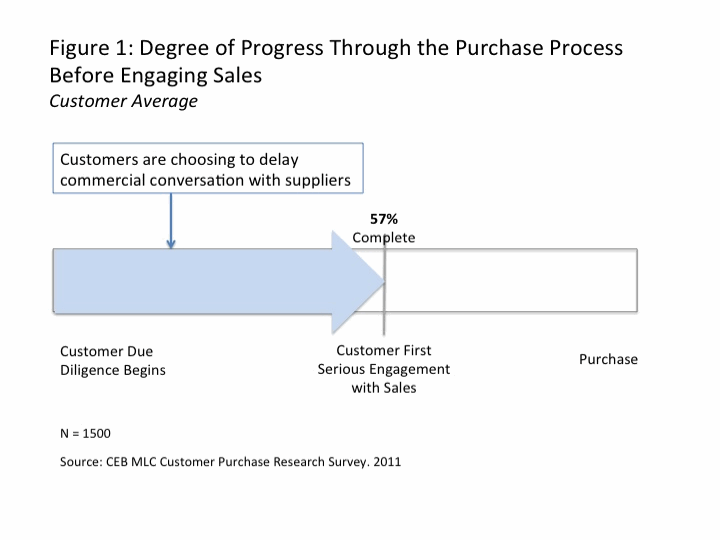A few years ago I suffered through four days of business travel hell. I saved emails and documented my nightmare so that one-day I might look back on it and laugh. This story is dedicated to anyone has had “one of those days” or in my case, four of those days. If you don’t believe in travel karma this may change your mind…pay attention to the time/date stamps and subject headings. As they say in Germany; “Schadenfreude.”
Day 1 – Monday June 11
Travelogue 5:45 pm – arrive in Detroit early, nice airport… can’t believe we’re early. Call Lara (my assistant) because I can’t find Mark’s flight information on the arrival board. Lara tells me that his plane is delay won’t arrive until 7:30 pm. No problem I’ll grab something to eat and wait for him and Sean.
—–Original Message—–
From: Mark
Sent: Monday, June 11, 6:03 PM
To: Scott Gillum; Sean
Subject: Flight delayed- still on the ground in ATL
Scott and Sean:
I’ve been stuck on the tarmac for about 90 minutes they say due to weather up North. No sign of anything at the airport taking off to the North.
What time do you arrive? Looks like 8:00 to 8:30 if we get out in the next half hour. Otherwise I’ll probably shoot myself… And then it won’t matter.
BTW, who booked me on Northwest?? Very tight, very hot in here…
What’s your status?
Mark
—– Original Message —-
From: Scott Gillum
Sent: Monday, June 11, 6:11 PM
To: Mark; Sean
Subject: Re: Flight delayed – still on the ground in ATL
I’ve arrived and am sitting in a nice air conditioned bar in the A terminal about to have a nice Greek dinner.
Got to go… my drink just came, call me when you get in. Headed to the hotel for a good night of sleep after a big dinner.
Good luck and safe travels. Oh, here comes my appetizer. Bye.
—–Original Message—–
From: Mark
Sent: Monday, June 11, 6:14 PM
To: Scott Gillum; Sean
Subject: Re: Flight delayed – still on the ground in ATL
Oooooooh. You’re just getting me ramped up. Don’t expect any mercy from me when the moment is right
Mark
—–Original Message—–
From: Scott Gillum
Sent: Monday, June 11, 6:39 PM
To: Mark, Sean
Subject: Re: Flight delayed- still on the ground in ATL
Sorry I couldn’t respond sooner you really need your hands to eat Greek food.
You realize that I probably have cursed myself on the outbound flight now.
Call me when you get in…unless it’s too late. I really need my sleep to be on my game.
Travelogue 7:00 pm – Catch the Hilton shuttle bus to the hotel a quick 5 min ride. Arrive at the hotel – “OMG, what a shit hole”. Under-construction, the front is completely gone…contemplate getting back on the bus. Suck it up and enter to find a lobby in the hallway. Check-in, walk thru the Workout Area (a former hotel room) then thru the make shift restaurant which looks to be meeting room. Diners don’t seem to notice that I’m walking thru with my bags. Enter room and open the curtains to see what looks to be the motel from Eminem’s movie 8 Mile across the street. Glance at the direction for the meeting tomorrow – notice we’re a good 20 miles from the client, great…the meeting starts at 8:30 am.
Travelogue 8:10 pm – Mark and Sean land…decide to flee and find a hotel closer to the client. Check and make a reservation at the Weber Restaurant & Hotel. A well-known steak house in the area that happens to have added a hotel “get’s a lot of press for its indoor pool” according to a review on Google.
Travelogue 9:30 pm – arrive at Weber and check-in. Clerk has a problem finding the reservation…finally finding it under “Scott Dillum”.
Day 2 – Tuesdays, June 12, Departing on the 3:17 pm to Washington. All of us are leaving at about the same time but to different locations.
Travelogue 1:00 pm – check voicemail and hear a message from Northwest Airlines that my flight has been canceled and I have been rebooked on the 9:00 pm flight. Call Lara who works with the travel agency to book me on the 5:35 pm.
Flights departs from the gate but…
—–Original Message—–
From: Scott Gillum
Sent: Tuesday, June 12, 5:59 PM
To: Sean; Mark
Subject: What comes around…
Sitting on the tarmac… in the parking lot… grounded because of a weather delay…no time given yet for wheels up.
Great, they just shut the engines down…
—–Original Message—–
From: Mark
Sent: Tuesday, June 12, 6:34 PM
To: Scott Gillum; Sean
Subject: Re: What comes around…
Oh man… The sweet taste. I couldn’t reply sooner because I had to finish my frosty ice cream cone I just picked up after landing.
Mark
—–Original Message—–
From: Scott Gillum
Sent: Tuesday, June 12, 8:49 PM
To: Sean; Mark
Subject: RE: Perfect karma
Spending the night in Detroit…
Travelogue 9:00 pm – arrive back at the gate with tension headache and taste of bile in my mouth. Buy underwear, shirt, socks, Tums and Tylenol. Check into an airport hotel…not the Hilton.
—–Original Message—–
From: Sean
Sent: Tuesday, June 12, 10:09 PM
To: Scott Gillum; Mark
Subject: RE: Perfect karma
Sitting in Seattle and I can’t help but think you brought this all on yourself, Scott Dillum.
Regards-
Sean
Day 3 – Wednesday, June 13.
Travelogue 6:00 am: Departing on the 6:30 am to Washington connecting to the 8:30 am Delta Shuttle to New York. No flights available to New York direct from Detroit. Need to be at an important client meeting in NYC at 10 am. No chance I’ll make it, but Chris is catching a 7:30 am flight on USAir and will be there in time to cover.
—–Original Message—–
From: Chris
Sent: Wednesday, June 13, 8:05 AM
To: Lara, Scott Gillum
Subject: Also having flight issues. Will arrive at LGA at 9:30
I will have Lara contact the client.
Travelogue 8:30 am – arrive DC and make the shuttle to find Chris sitting on the plane. No hope of being on time for the meeting now. Ingest 2 Tums and Tylenol.
Return Flight
Travelogue 6:00 pm – call Lara to make sure my 6:30 pm shuttle is on time and to check weather condition. Make comment that if there looks like there are any problems I will go to the train station. Lara confirms that the flight is on time and looks good.
Travelogue 6:15 pm – check-in…flight is on time but notice 5:30 pm has been cancelled. Plane departs gate on time. Pilot announces that we will be parked for at least 30 mins waiting for our flight sequence.
Travelogue 7:00 pm – Pilot announces that he has no news but will update in 15 minutes…bile taste coming back, grab Tums. 30 minutes later…we’re #5 for take-off. We’re airborne. Yes, finally making it home!
Travelogue 8:00 pm – Pilot announces that DC has stop inbound flights because of storms in the area. We’ll be circling Dover, Delaware for at least 30 minutes. Search briefcase for Tums to find a banana that I thru in earlier that day….completely smashed…feels like wet oatmeal.
Travelogue 8:30 pm – Pilot announces that he has no news…but will update us again in 15 minutes. 15 minutes later makes announcement that they are still not taking flights and we’ll have to re-route to another airport to re-fuel.
Travelogue 9:15 pm – we land…in Baltimore. No gate available, which is not a issue because…no one is available to bring the plane into the gate, or work the jet way, etc. Tums are now gone.
—–Original Message—–
From: Scott Gillum
Sent: Wed, June 13, 11:21 pm
To: Lara
Subject: Didn’t make it back again…
Landed in Baltimore tonight. Catching a cab…if I’m lucky. I may or may not be in tomorrow.
Travelogue 9:45 pm – catch cab, 45 minute should be home finally. Get on I95 to find that 2 lanes are closed…traffic slows to a crawl. Bile returning, stomach churning, head out the window…possibility of hurling is very real. Call home and announce to my wife that I’ve landed and I’m quitting my job.
Travelogue ? – lost all track of time but finally home….car at Reagan National.
Day 4 – Thursday, June 14 – Car services takes me to Reagan pick up car.
Travelogue 12:45 pm – finally back in my office with a spiritual healer having my aura adjusted. Find that I now have a twitch above my left eye brought on by any mention of a storm, airport or plane. Just submitted a PO request for a “Madden Cruiser.”






